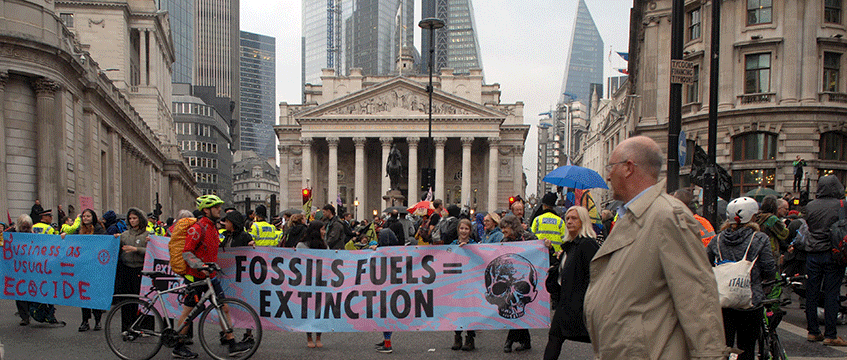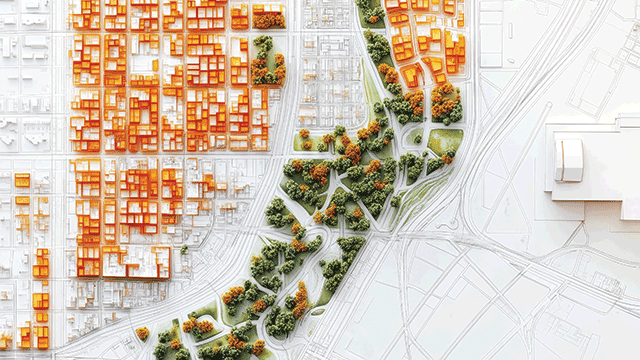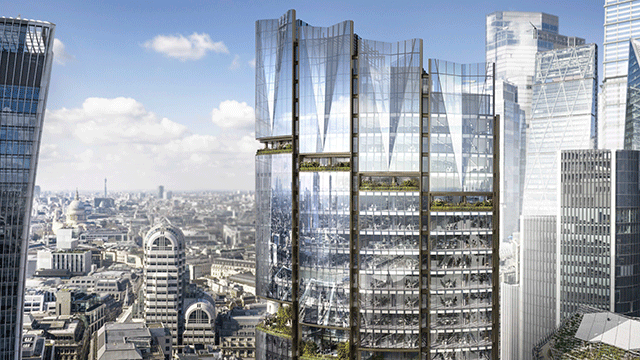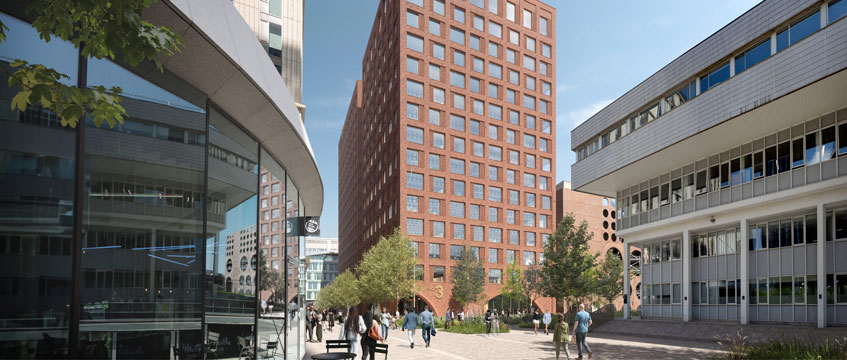In the push towards zero carbon, there is a spectrum from idealism to pragmatism and from optimism to pessimism. At the Better Buildings Partnership we work with major property owners who invest (directly and indirectly) in over £250bn of assets across all different assets types.
Ideally all buildings should be zero carbon, but in reality we know that this is simply impossible to achieve for many commercial buildings. Why? In short (and it does merit a PhD) a combination of technical, behavioural, market, financial and policy based hurdles mean that achieving genuinely zero carbon buildings is incredibly challenging for all but a few assets, at least in the current market, right now.
If I’m honest, I feel slightly nervous about stating that in writing, because I know that there are many architects, engineers, and non-governmental organisations who will argue that zero carbon buildings are possible, and will come up with examples where this has been achieved. Great. Let’s celebrate the art of the possible and use this to demonstrate what a positive impact the sector can have.
However, I do know that in the UK:
• The total demand for energy from buildings is likely to increase (and with the onset of climate change is likely to increase even more in response to the need for cooling).
• While new buildings may be designed to achieve specific outcomes (including zero carbon) they rarely deliver on that intent.
• That we have a hugely inefficient existing building stock that has not been designed with zero carbon in mind.
• The number of buildings that are genuinely zero carbon right now is very small, and makes up a tiny proportion of the overall market. Relying on decarbonisation of the grid is effectively relying on another sector to deliver emissions reductions – that’s risky.
The eagle eyed among you will have noticed that I have specifically spoken about (genuinely) zero carbon buildings to date. The addition of ‘net’ to ‘zero carbon’ is significant – it enables buildings/funds/portfolios/owners to align themselves with the aspiration to become net zero carbon, but with a heavy dose of pragmatism in terms of how this is achieved. But, here’s the rub – introducing ‘net’ enables assets to deliver a net zero carbon outcome through a number of different means.

At this point, I would make it absolutely clear that my view is that achieving net zero carbon by offsetting emissions alone is not credible. More than that, it is not acceptable to claim that these are net zero carbon buildings. Not only does this mean that no other opportunities to reduce the emissions of the building have been utilised and therefore the building itself has not improved, depending on the scheme used for offsetting, it could also be years before the offsetting materialises in actual emissions reductions. But perhaps more importantly, offsetting emissions also gives the very false impression that getting to net zero carbon is easy. It’s not, and lulling our industry into a false sense of security will come back to bite us in the (not so distant) future.
The BBP Climate Commitment highlighted a number of critical principles about the development of net zero carbon pathways for property owners, indicating that they should cover both whole life carbon (embodied and operational carbon) and whole building carbon (including occupier emissions). And, more fundamentally, that they should utilise the energy hierarchy – in other words seeking emissions reductions in this order: demand, efficiency, renewables (onsite), renewables (offsite), offsetting.
“Time is short … shifting the real estate market which is fundamentally made up of fixed assets where ownership, investment and business models can’t (currently) cope with climate risks, and where the majority of our market-based instruments are based on what happened in the past, is like shifting the proverbial oil tanker”
So do we have the answers yet as to what a genuinely net zero carbon building should look like in relation to the energy hierarchy? No, but we are making progress. For new buildings this can be more straightforward – setting net zero carbon as an aspiration at the beginning of the project and following this through to occupancy gives us a fighting chance of achieving this objective, and ensures that our new buildings don’t become future problems.
But what of existing buildings (and those new buildings that become existing buildings)? The challenge here is that a net zero building can only be achieved by radically improving its energy efficiency.
The publication of UKGBC’s Energy Efficiency Targets for UK Offices is an important step forwards. The BBP collaborated on this work alongside a number of other industry bodies and experts (kudos to co-collaborators BPF and Verco and contributors Arup, Carbon Intelligence, JLL and Transport for London). The targets have been developed in line with the Dutch Green Building Council method and reflect data from the BBP gathered through the Real Estate Environmental Benchmark and the Design for Performance project. This is important because it provides targets based on up to date empirical data giving a realistic representation of what current practice is, and the magnitude of improvements that will need to be made by 2050.
The analysis indicates that, on average, UK offices (new and existing) will need to reduce their consumption by 60%. From our REEB data we know that our members have improved the average energy efficiency of their offices by 18% over the past nine years. A further 60% reduction is extremely challenging and will require a total transformation of existing offices, which, in addition to adopting low-energy lighting, equipment etc, will mean employing deep retrofitting strategies that look at the tripartite issues of reducing demand, increasing efficiency and generating renewable energy. And, these deep retrofit strategies will need to factor in the embodied carbon that they will generate.

My modus operandi is an optimistic pragmatist – we’ve made good progress to date, let’s just do more of the same stuff more quickly and we’ll be fine. The truth is that this wouldn’t even touch the sides of the industry transformation that is required to deliver on what is needed to get us to net zero carbon for buildings.
It is absolutely critical that the property industry acknowledges this. Why? Because unless we are open and honest about this we will spend the next 10 years patting ourselves on the back about the small number of really great buildings that we have, the next 10 years working out that it’s not those buildings that we need to worry about and the next 10 years… well, by then it will be too late. Time is short. Shifting the real estate market which is fundamentally made up of fixed assets where ownership, investment and business models can’t (currently) cope with climate risks and where the majority of our market-based instruments are based on what happened in the past is like shifting the proverbial oil tanker (poor comparison, I know). Furthermore, there are important conversations that need to happen with policy makers, occupiers, investors and advisors about how this change can be driven, funded and valued, and conversations with our very fragmented industry about how we can develop the skills and collaborate more effectively to deliver on what will be required.
We in the real estate sector need to be very transparent about the scale of the challenge and what needs to change if we are to stand any chance of putting into place the solutions that we need. This is why I believe that the BBP Climate Commitment is a game changer – in 2020, leading property owners will publish their net zero carbon pathways. Alongside publications like the UKGBC Energy Performance Targets for Offices, this transparency will be vital in helping our industry understand exactly how far we are on the journey to net zero, and exactly how much work we need to do to get there.
Sarah Ratcliffe is chief executive of the Better Buildings Partnership











